Summer Tires vs Winter Tires vs All Season Tires
Different types of tires and choosing the right tire for your vehicle
Quick Tire Intro
Choosing the right tires for your car or truck is extremely important. The tires are the direct link between your vehicle and the road. They provide a surface contact patch with the road which helps your car accelerate, steer, and ultimately break and come to a stop. As far as tires go, there are basically three different main categories: summer, winter, and all-season.
Before we delve deeper into each type and dissect what makes them all unique, we have to go over a couple of things. As simple as they appear on the outside, tires are extremely difficult to design and manufacture. There’s more to a tire than people realize. By the end of this article, you’ll know how a tire works, what it’s made of, and the unique set of characteristics each type of tire possesses.
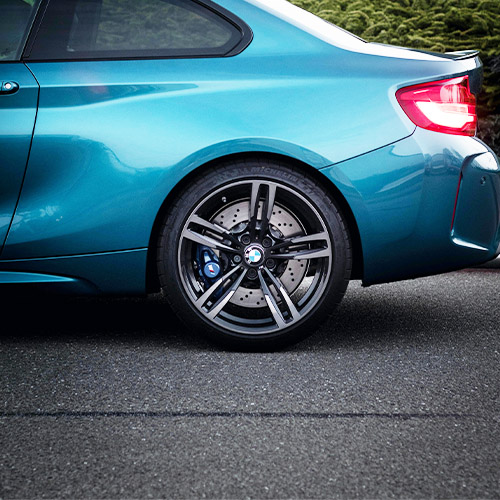
Summer tires
Summer tires excel on dry roads and in warmer climates. They’re made up of a special rubber compound which offers amazing grip in the dry and light-to-medium wet conditions. They’ve got less rolling resistance than both summer and all-season tires, so they’re more efficient (use less fuel) and generate noticeably less road noise than the other two compounds.
In general, summer tires have an extremely streamlined tread pattern. They don’t have a lot of grooves for clearing out water, and their main aim is to maximize the contact patch with the road surface. Perhaps unsurprisingly, summer tires perform best in the summer, when the roads are mostly dry and the asphalt is hot. If you’ve never driven a car with summer tires before, the first thing you’ll notice when switching over from all-season tires is how much more traction and braking performance your car has.
Summer tires have their downfalls though. The same hard rubber compound which gives them their strength and rigidity in warmer conditions renders them useless on snow and ice. Once temperatures drop down below 45 degrees Fahrenheit or so, the rubbery compound summer tires are made of becomes brittle and inadequate.
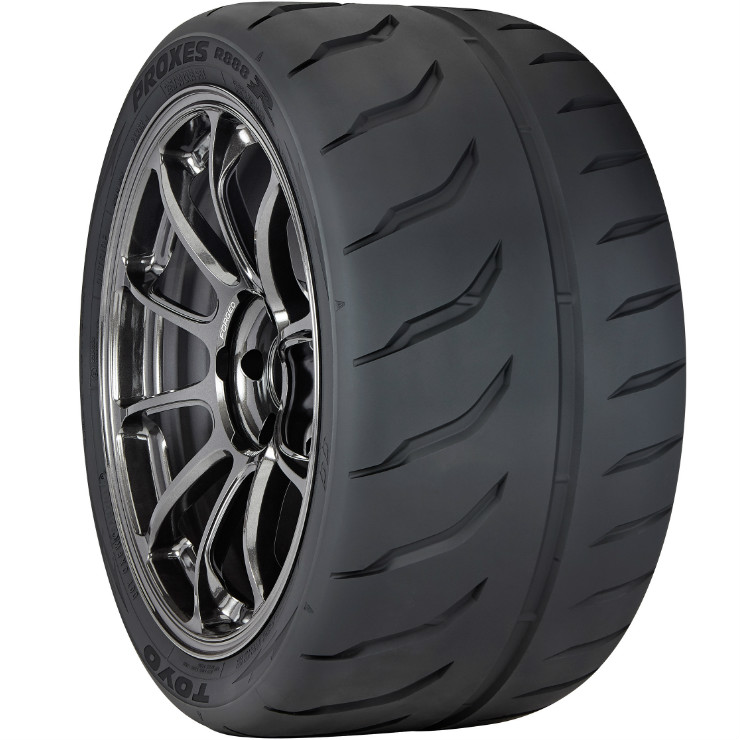
Winter tires
Winter tires offer incredible grip on surfaces with low traction such as snow and ice. They’re better than summer tires in moderate-to-heavy wet conditions as well, because they’ve got more channels and siphons to push water and clear it out of the way.
Winter tires contain a lot more natural rubber than summer tires, making them softer and less prone to colder temperatures. Because of that, the rubber compound winter tires are made of doesn’t harden once temperatures start to plummet, so the tire maintains most of its flexibility.
The tread itself has individual tread blocks which are designed to dig into snow and ice, providing and extracting traction from low-grip surfaces. As we mentioned, more channels and sipes also help with clearing standing water, preventing aquaplaning (to a certain degree) and generally making the car more stable and less twitchy/nervous in low-grip scenarios.
Because of how soft their rubber compound is, winter tires wear out remarkably quickly in dry conditions and warm temperatures. On top of that, they’ve got increased rolling resistance compared to summer tires, so they’re less efficient and tend to generate a ton more road noise, especially at higher speeds.
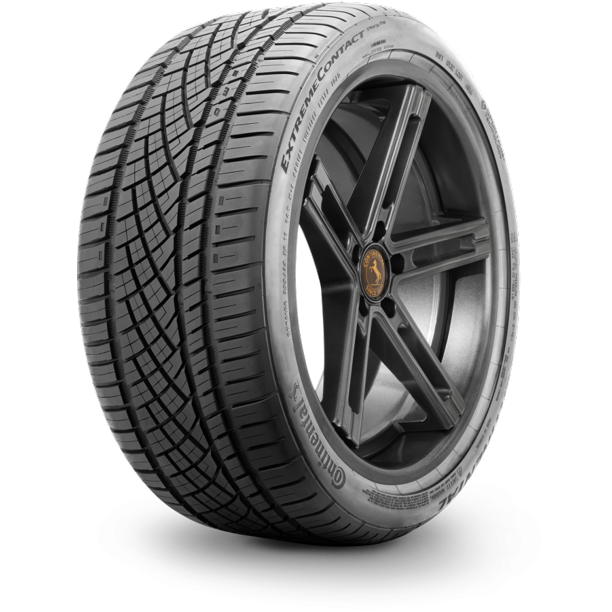
All-season tires
All-seasons are essentially a hybrid between summer and winter tires. They combine the best of both worlds. They’re a jack of all trades but master of none. For most people living in mild climates, they’re an excellent choice because it means you don’t have to have two different sets of tires. All-seasons have almost as much grip in the dry as summer tires, and they’re nearly as good as winter tires on snow and ice.
Do note though, that they’re no substitute for winter tires in extremely deep snow and ice. They’re excellent if you’re not expecting a ton of snow, or snow which only last several weeks or a month. All-seasons tend to wear out the quickest since you’ll be using them all year round. On the flip side, you won’t have to switch tires every six months or so.
A lot of people who opt to run summer and winter tires together tend to buy a second set of rims and mount one set of tires on those. Then, when they have to switch over to the other compound, they can just change the rims and not the actual tires themselves. Again, this is more tedious than running all-season tires, but some climates simply demand it.
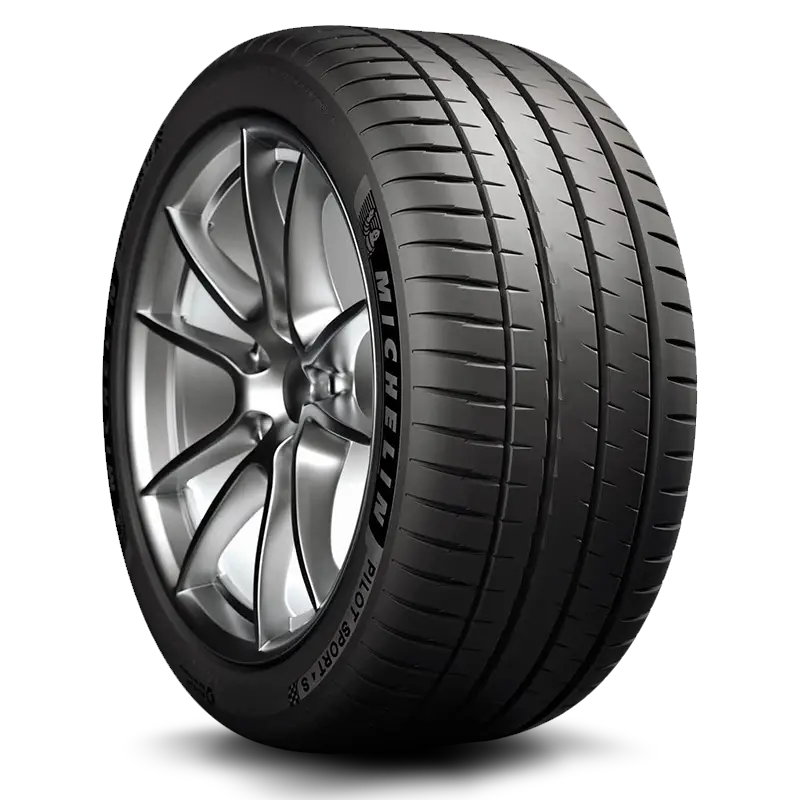
What’s in a tire?
Most people take tires for granted, but they’re more than just plain rubber mushed together. In all actuality, a tire is a complex blend of several different rubbers, both natural and synthetic, including various chemicals and construction materials designed to give the tire its shape and capabilities.
Roughly speaking, the average tire has 25 different components and 12 different rubber compounds. The main ingredient is, of course, natural rubber, which is extracted from a special type of tree. The liquid extracted is also known as latex and it easily coagulates with acid, after which it is pressed into bales and shipped off to tire manufacturers.
During the manufacturing process, synthetic rubber manufactured in a lab is mixed in with the natural rubber in precise ratios dictated by a recipe. I know this might sound slightly complicated, but the simple gist of it is that it takes a lot of materials to manufacture and produce a single tire.
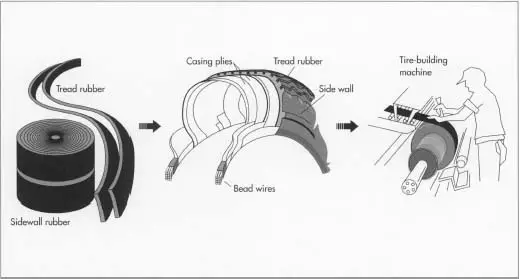
What is a tire?
I know, this seems like a simple one, but not everyone is familiar with tires. We usually refer to the entire wheel assembly as the ‘wheel’, but it’s actually comprised of a rim and a tire. The rim bolts up to the wheel hub with studs/bolts designed to hold it in place. The tire wraps around the rim and provides a contact patch between the road and the car. As you can imagine, tire width, radius, and design, all play a role in how the tire behaves.
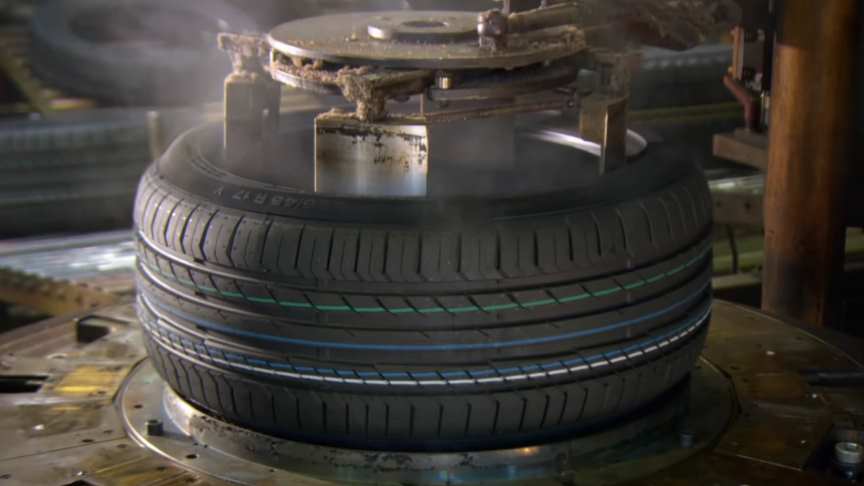
The tread and tire parts
The most important components of any tire you have to understand are the tread and the sidewall. The tread is the top portion of the tire, and as its name might imply, it’s the part which treads on the surface. The sidewall is the part between the tread and the rim, and gives the tire its stiffness and rigidity. When you read a tire label it’ll usually say something like 245/45r18. In this example, 245 indicates that the tire tread is 245mm wide, the sidewall is 45% of the tire width (245*0.45), and the actual diameter is 18 inches.
There are three different types of tire treads. Symmetrical tire treads offer low rolling resistance and high directional stability. Asymmetric tire treads offer great corner stability, making them excellent in the wet. Directional tire treads patterns offer great protection against aquaplaning, and exceptional performance on snow and ice.
The tire treads consist of four different parts or components. The ribs are the raised sections found on the tread pattern. Grooves are the channels which run circumferentially and laterally around the tire. The tread blocks are the raised rubber segments which are in direct contact with the road (they’re all part of the ribs). And finally, sipes (siphons) are the little slots molded into the blocks themselves.
We won’t bore you with radial cords or inner liners since that’s well outside the scope of this article, but now that you’ve got the basics down, we can discuss the different types of tires and what makes them all unique.
Conclusion
Those are the basic similarities and differences between the different compounds, but there’s much more to them obviously. Different tire manufacturers use different compounds and designs, so it’s up to you to do your research before committing to a purchase. What’s more, most manufacturers offer various styles of each compound, custom-tailored for the type of vehicle (car, SUV, etc.), performance, and so on. With this newly acquired knowledge though, you should now be able to go out and choose the correct set of tires for your car.

Popular Blogs
Don’t see the topic you’re looking for? We are still growing out knowledge base, let us know what you want to learn about!
Can BMW Charge at Tesla?
Can BMW Charge at Tesla? As of now, BMWs can't directly charge at Tesla Supercharger stations because Tesla uses a proprietary connector. However, with the right third-party adapter, BMW owners might be able to make it work, but it's always good to double-check...
Are BMW Motorcycles Reliable? A Comprehensive Dive into the World of BMW Bikes
Are BMW Motorcycles Reliable? BMW motorcycles are renowned for their top-notch engineering and build quality, making them a reliable choice for riders around the world. Whether you're hitting the open road or tackling rugged terrains, you can count on a BMW to be a...
Can BMW Take 87 Gas? Discover the Truth Behind the Octane Debate!
Can BMW Take 87 Gas? Certainly! While a BMW can technically run on 87 octane gas, it's not the optimal choice. BMW recommends using premium fuel for most of their models to ensure the best performance and longevity of the engine. So, while it might be tempting to...
Embrace the Future with the BMW Genius Program
You know, they often say that 'knowledge is power'. Well, that's never been truer than in the case of BMW's groundbreaking initiative - The BMW Genius Program. Tailor-made for every BMW enthusiast out there, this program sheds light on the latest technological...
A Comprehensive Dive into the BMW N63: A Blend of Power, Performance, and Precision
Hey there, gearheads! Welcome to a deep dive into the fascinating world of one of the most renowned engines out there: the BMW N63. We're about to embark on an exciting journey, exploring the good, the bad, and the powerful of this engineering marvel. Are you ready...
How BMW TPMS Works: A Comprehensive Guide
When it comes to innovation and performance, BMW never falls short. But how well do you know the intricacies of your vehicle, specifically the Tire Pressure Monitoring System (TPMS)? Let's take a journey to understand how BMW TPMS works. How BMW TPMS Works So,...
Can BMW Keys Be Reprogrammed? Your Comprehensive Guide
Ah, the wonders of technology! It's in everything these days, from the appliances in our homes to the phones in our hands. And of course, it's a big part of our beloved vehicles too, particularly in prestigious brands like BMW. One feature that often leaves car...
How BMW VANOS Works: A Comprehensive Guide to Variable Valve Timing
Introduction Welcome to our comprehensive guide on the fascinating topic of how BMW VANOS works. If you've ever wondered about the inner workings of your BMW engine and how it achieves optimal performance, you're in the right place. In this article, we'll take a...
How BMW Models Work – BMW Model Names Explained
BMW, or Bayerische Motoren Werke, a name synonymous with luxury, performance, and automotive engineering, often leaves many of us scratching our heads when it comes to deciphering their model naming conventions. Do you ever wonder what these series of letters and...
Will BMW Wheels Fit Mercedes? Exploring the Compatibility Between Two Iconic Brands
When it comes to automobiles, BMW and Mercedes-Benz are two of the most renowned and prestigious brands in the world. Both manufacturers have established themselves as leaders in the industry, producing vehicles that exude luxury, performance, and style. However,...
